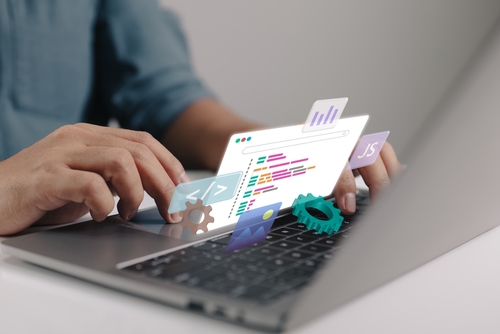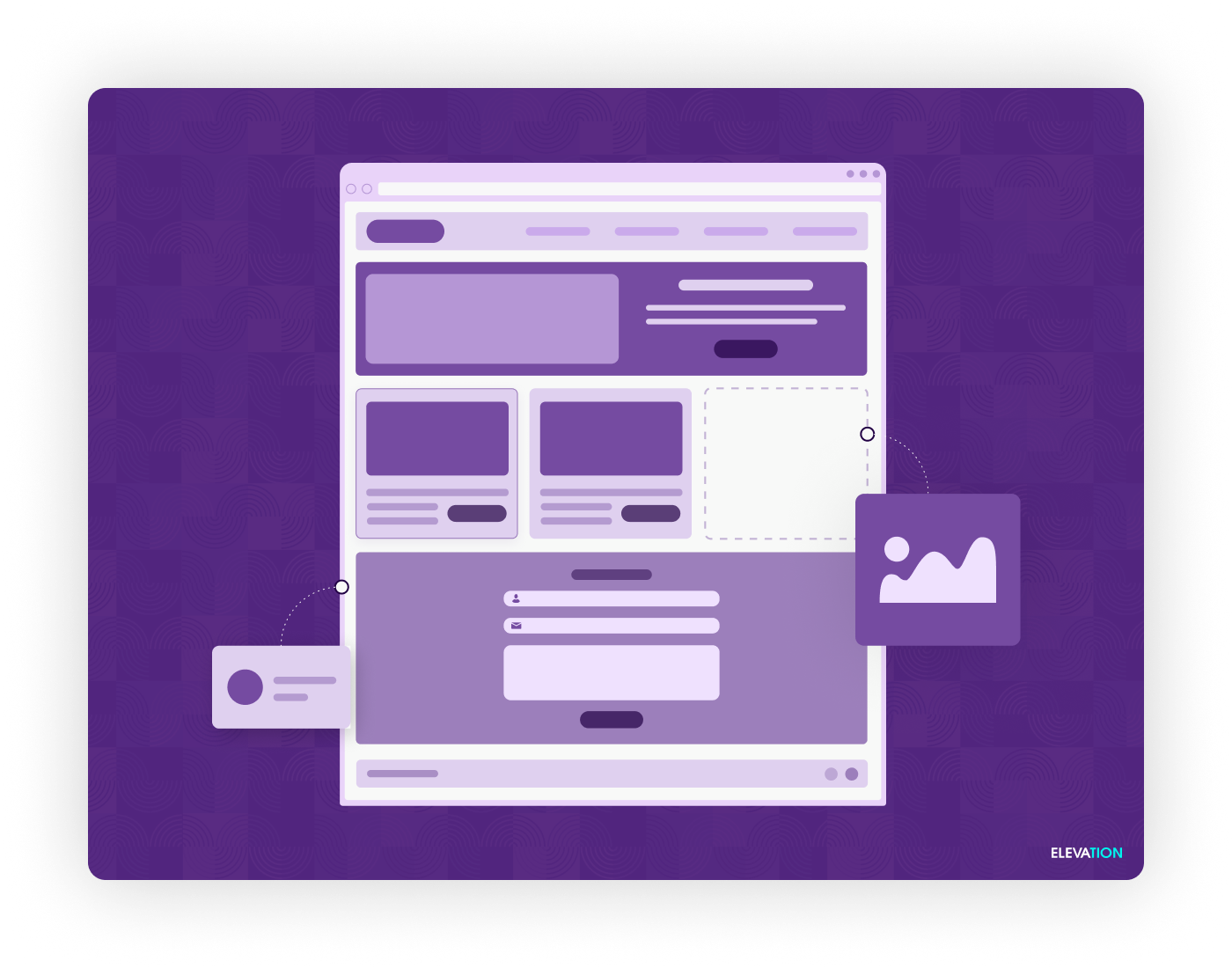Introduction
A non-profit organization’s website serves as more than simply an online presence in the digital
age; it is an essential resource for advocacy, fundraising, and communication. Maintaining the
trust of your consumers and safeguarding critical information on your website is of utmost
importance. Maintaining the most recent versions of WordPress, PHP, and plugins is one of the
most important parts of website upkeep. This tutorial will explain the significance of these
updates and offer advice on keeping your website safe and functional.
Potential volunteers, funders, and recipients frequently find you via your website. A safe,
well-kept website improves user experience and fosters trust, which makes it simpler for your
audience to get involved with your goals. Ignoring updates can result in compatibility problems,
sluggish performance, and security breaches, all of which can harm the legitimacy and efficacy
of your non-profit.
Enhancing Security with PHP Updates
Role of PHP in Website Functionality
The dynamic features of your WordPress website are powered by the scripting language PHP
(Hypertext Preprocessor). PHP is in charge of handling databases, running scripts on your
server, and providing content to visitors. The PHP version currently executing on your server
has a big impact on your website’s security, speed, and theme and plugin compatibility.
PHP primarily powers the interactive components on your website. It manages form
submissions, pulls data from your database, and executes user requests. The PHP version
being used determines how secure and effective these actions are. PHP versions that are more
recent provide better performance, increased security, and upgraded capabilities to make sure
your website operates securely and without hiccups. You may visit the official PHP website at
php.net to learn more about hypertext preprocessors.
Security Vulnerabilities in Outdated PHP Versions
Using an out-of-date version of PHP leaves your website vulnerable to a number of security
flaws. Cybercriminals frequently use holes in earlier versions of PHP to obtain unauthorized
access, insert malicious code, or initiate distributed denial-of-service (DDoS) assaults. Updating
to the most recent version of PHP on a regular basis guarantees you security patches and
performance enhancements. Staying up to date with PHP upgrades is an essential part of
protecting donor information and preserving the integrity of your website as a non-profit.
For example, security patches are no longer available for earlier versions of PHP, such as PHP
5.6 and PHP 7.0, which makes them a great target for hackers. Not only may upgrading to a
supported version, like PHP 8.0 or 8.1, reduce these dangers, but it also takes advantage of
performance improvements that can speed up the loading of pages and improve overall
responsiveness. See the NIST National Vulnerability Database for more details on the security
flaws in earlier versions.
Securing Your Site with WordPress Core Updates
How WordPress Updates Improve Security
The foundation of your website is the WordPress core, which offers the necessary framework
around which all other features are constructed. Regular releases of WordPress core updates
address security issues, improve features, and repair bugs. These updates maintain your
website’s functionality and security against emerging threats.
Every WordPress release undergoes a rigorous testing process and comes with security
upgrades to fend against new threats. By keeping the core updated, you can protect your
website against threats and take advantage of the most recent enhancements to its functionality
and user experience. The WordPress Codex has additional information on WordPress
upgrades
Examples of Security Patches in Recent Updates
For example, WordPress version 5.9 came with multiple security patches, including corrections
for cross-site scripting (XSS) vulnerabilities and enhancements to the security of processing
user data. By updating the WordPress core, you can ensure that your website has the newest
security features to thwart potential assaults. Your website may become vulnerable to known
exploits if you don’t upgrade, endangering your company’s reputation and data.
Another noteworthy release, WordPress 5.8, fixed a number of vulnerabilities, including issues
with objects and SQL injections. These updates strengthened your site’s defenses even further
by introducing new security features like application passwords and enhanced password
hashing, in addition to fixing existing concerns. Go to WordPress News for specific information
on the most recent security fixes and updates for WordPress.

Plugin Updates: A Critical Security Measure
Risks of Using Outdated Plugins
Plugins are necessary to extend the functionality of your WordPress website, but if they are not
kept up to date, they may also pose a security concern. Hackers can take advantage of
vulnerabilities found in outdated plugins. In actuality, out-of-date or badly written plugins are the
cause of a great deal of successful attacks against WordPress websites.
Plugins allow you to add more features to your website, like contact forms, e-commerce, and
search engine optimization. However, every plugin adds a possible point of entry for hackers. By
making sure all plugins are current, these risks can be reduced, and compatibility with the most
recent PHP and WordPress core versions can be guaranteed.
Importance of Updates for Security and Performance
Updating your plugins on a regular basis guarantees that you get the most recent security
updates, enhanced functionality, and new features. Developers make updates available to
address bugs, patch security holes, and improve compatibility with the most recent PHP and
WordPress core versions. Ignoring these upgrades might cause functional problems and a bad
user experience, in addition to jeopardizing the security of your website.
Best Practices for Keeping Your Website Secure
Regular Update Schedule
One of the best strategies for keeping your website safe is to set up a regular updating plan.
Every month, schedule a time to install and check for updates for WordPress core, PHP, and all
installed plugins. By taking preventative measures, you reduce the possibility of security lapses
and guarantee the smooth operation of your website.
Maintaining consistency is essential. Establishing a bi-weekly or monthly update schedule helps
you maintain a habit that guards against oversight and keeps your website safe from fresh
vulnerabilities. Get alerts about available updates and expedite this process by using tools such
as the WordPress update manager. Visit US-CERT for additional details on the significance of
frequent upgrades.
Using Security Plugins
Adding security plugins to your website might offer an additional degree of safety in addition to
keeping it updated. Plugins with capabilities like malware scanning, firewall security, and
real-time threat detection include Wordfence, Sucuri, and iThemes Security. These tools assist
in keeping an eye out for unusual behavior on your website and guarding against frequent
threats.
Security plugins can also provide comprehensive data on your website’s security state, identify
and block dangerous IP addresses, and run automated scans. By using these plugins, you can
immediately detect and neutralize dangers by adding an extra layer of protection. Consult the
National Cyber Security Center for advice on choosing security plugins.
Monitoring for Vulnerabilities
Regular monitoring is essential in order to keep your website secure. Use security plugins,
WPScan, and Google Search Console to find and fix vulnerabilities. Set up alerts to be informed
of any odd activity or security concerns that require quick attention. If you remain watchful, you
can react quickly to hazards and reduce the likelihood of potentially dangerous scenarios.
Keeping an eye on your website’s security doesn’t have to be difficult. Numerous security
plugins provide automated scans and real-time notifications so you can concentrate on your
non-profit organization’s goals while still keeping your online presence safe. Consult the NIST
Cybersecurity Framework for additional details on vulnerability management.

Conclusion
WordPress website maintenance for non-profits entails more than just audience engagement
and content updates. Maintaining the trust of your supporters and safeguarding sensitive data
requires regularly updating your site with PHP, WordPress core, and plugins. By adhering to the best practices described in this article, your company can establish a reliable, effective, and safe online presence. For more detailed security tips, don’t forget to read our 10 Pro Tips for Securing Your Nonprofit WordPress Website.
Being proactive in making security changes on your website can boost user experience,
performance, and security simultaneously. By devoting the time and resources necessary to
maintain an updated and secure website, you can ensure that your non-profit can thrive. You
can have peace of mind that your online presence is secure, allowing you to focus on the things
that matter—playing a vital role in the community!
Elevation is here to support you with a range of services tailored to your needs, from regular updates to comprehensive security management. Learn more about our services and how we can help your non-profit thrive by visiting our services page.


